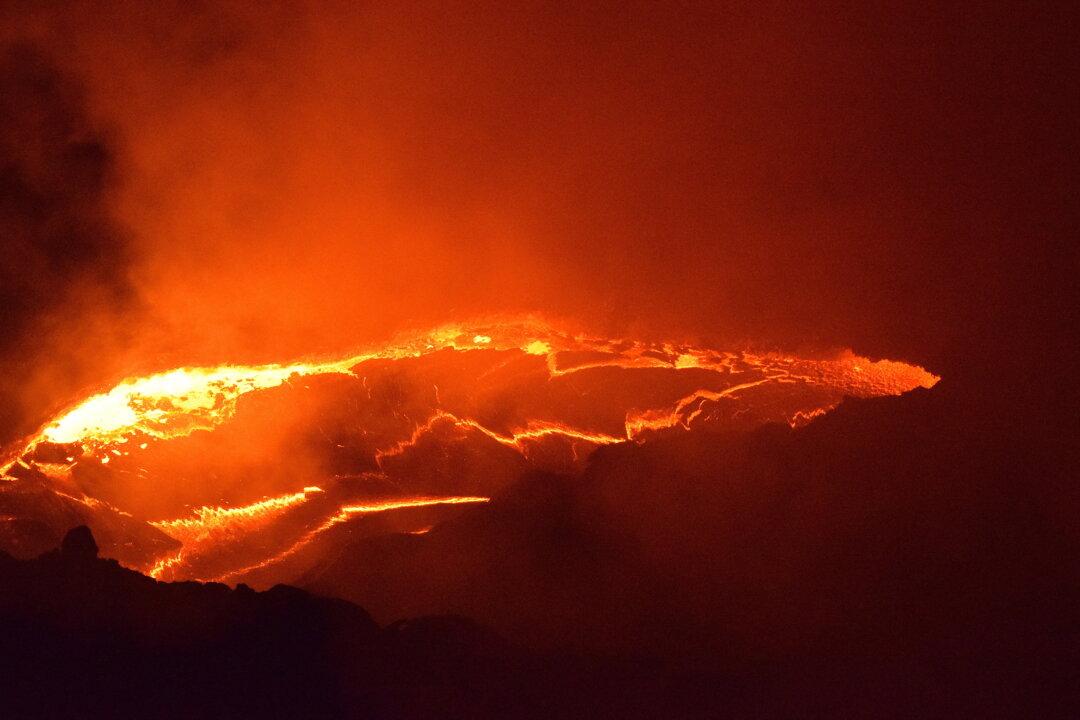I stepped off the Cessna Caravan and into a veritable frying pan.
“Welcome to Hwange National Park,” greeted my guide, Richard Yohane, looking crisp and cool in his short-sleeved khaki shirt. Twenty-two hours after having departed an overcast wintry November morning in New York City, I had arrived at Zimbabwe’s largest game reserve. One hundred-and-ten degrees of fiery sun assailed my pores.
I tumbled into Yohane’s 4-by-4 along with four other American guests headed for Wilderness Safaris’ brand new Linkwasha Camp and scanned the scrubby horizon. Stark, dry, sandy grasslands, interrupted by surprisingly verdant mopane woodlands and the sprawling canopies of leadwood trees eyed me back.
Yohane steered his lime-green Toyota HiLux over a bumpy trail toward Hwange’s southeastern section. “This area was inhabited by Cecil for seven years,” he said, referring to the 13-year-old lion that made international news last July when he was lured outside the park illegally and killed by the trophy-hunting American dentist Walter Palmer.






